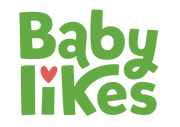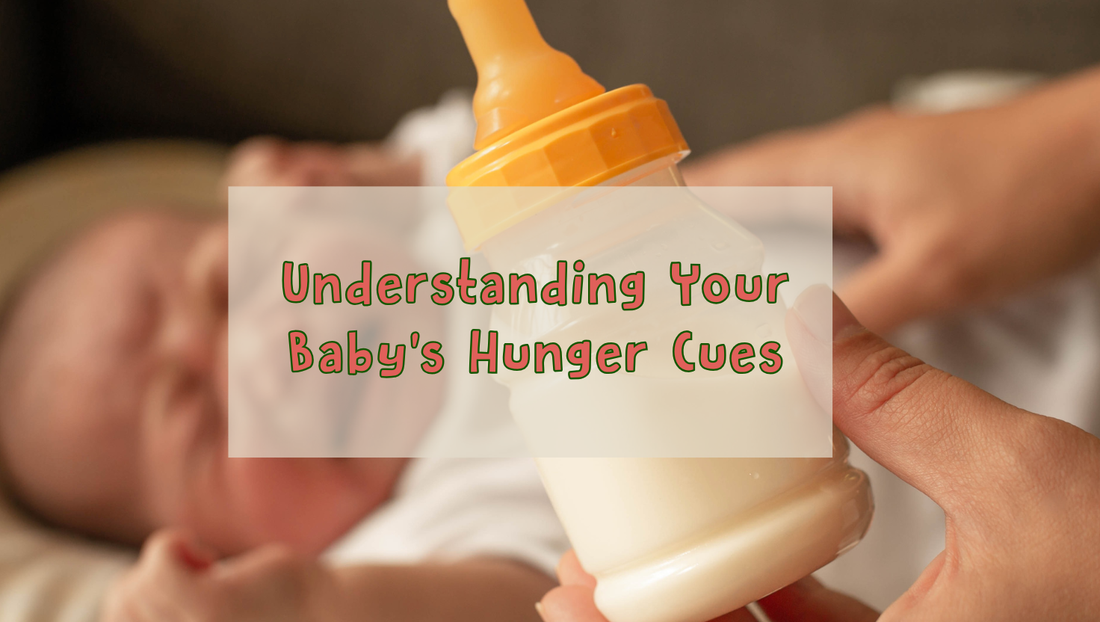As a new parent, one of the biggest questions is — “How do I know if my baby is hungry?” Babies can’t tell us with words, but they do have little ways of showing us when they’re ready to eat. These are called baby hunger cues — and learning to recognise them can make feeding time calmer, happier, and more connected for both of you.
Let’s explore how to spot the signs your baby is hungry, and how to respond with confidence.
1. Early Hunger Cues (the “I’m getting hungry” stage)
These are gentle signals your baby gives before they get upset. Responding now helps keep feeding smooth and stress-free.
Look for these early baby feeding cues:
- Sucking on hands or fingers
- Smacking lips or making sucking sounds
- Turning head from side to side, searching for the breast or bottle
- Opening mouth when something touches their cheek (rooting reflex)
Feeding your baby at this stage encourages responsive feeding — where you follow your baby’s cues instead of a strict schedule.
2. Mid Hunger Cues (the “Feed me now please!” stage)
If you missed those first signs, your baby may start showing clearer signs they’re ready to eat:
- Fidgeting or squirming
- Becoming more alert or restless
- Trying to suck on anything nearby
These mid hunger cues mean your baby is becoming more insistent. Try to offer milk or food before they become too upset — it makes feeding easier for both of you.
3. Late Hunger Cues (the “I’m starving!” stage)
When your baby is crying hard, turning red, or looking very distressed — these are late baby hunger cues. At this point, they’re tired, hungry, and frustrated. Calm your baby first by holding or cuddling them, then feed once they’re more settled.
Don’t worry if you sometimes miss the early cues — every parent learns through experience.
Why recognising hunger cues matters
Understanding and responding early to your baby’s hunger cues helps build trust. Your little one learns, “Mummy and Daddy understand me!” This strengthens your bond and supports their emotional development.
It also helps you tell the difference between baby hunger vs tired cues — so you’ll know whether it’s time for milk or a nap!
Quick Tip for New Parents
Every baby is unique. Some may give obvious signals, while others are more subtle. Over time, you’ll learn your baby’s personal “language.” Trust your instincts — you know your baby best.
Recognising your baby’s hunger cues and practising responsive feeding means fewer tears, calmer feeds, and a stronger connection with your baby.
Happy feeding!

